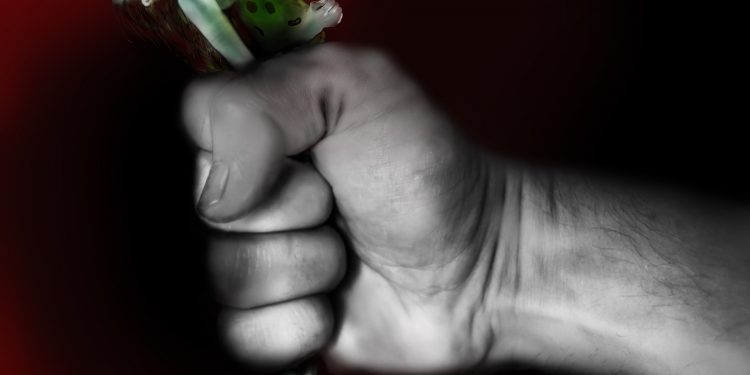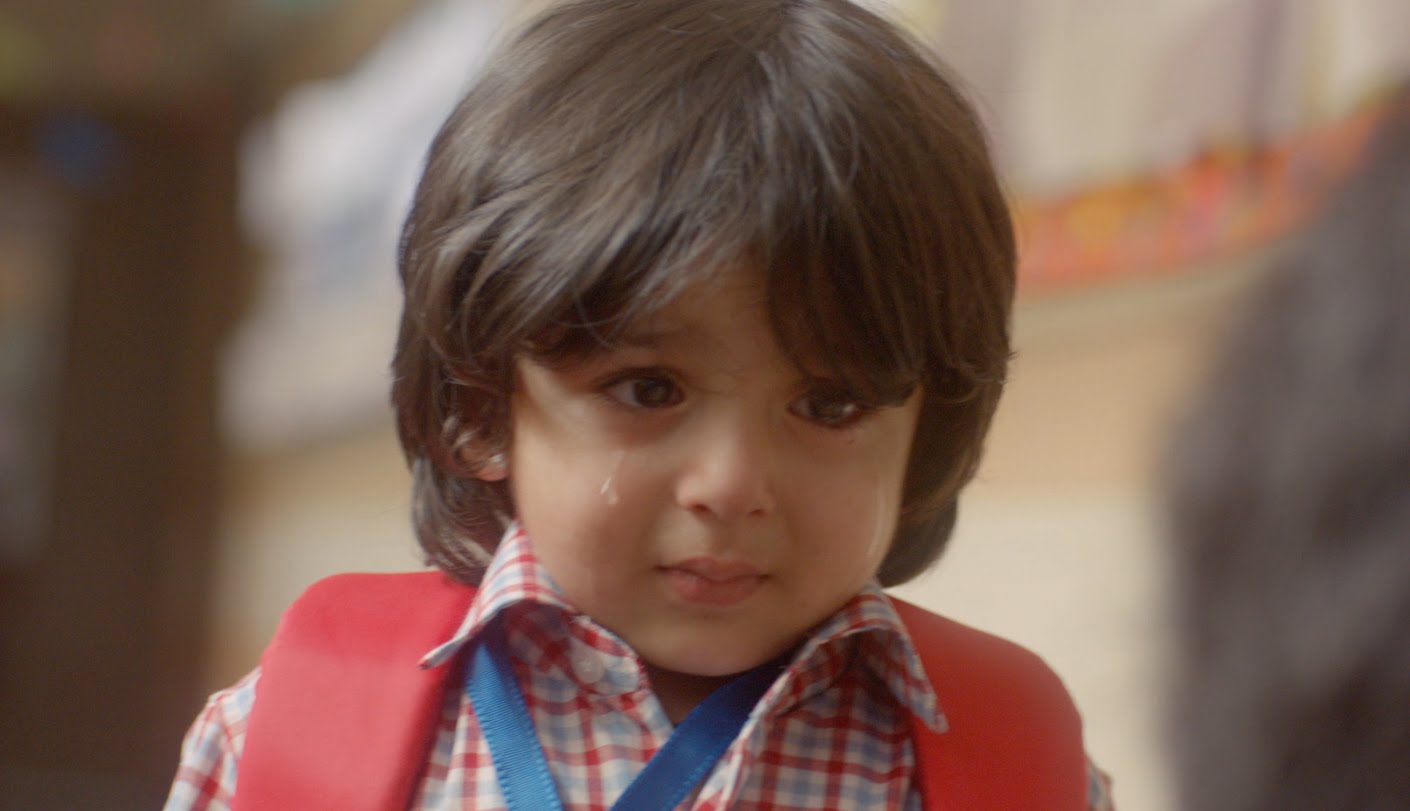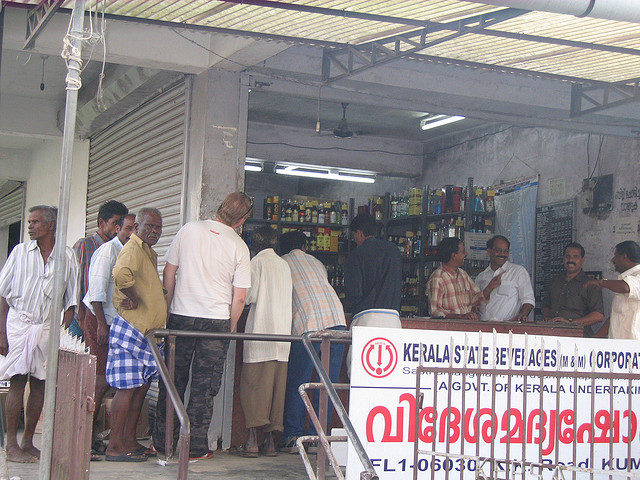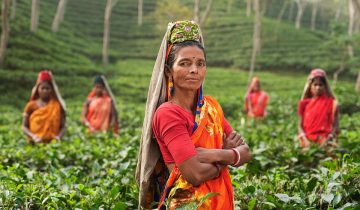Brutal, Barbaric And Bestial: Domestic Violence In India Has A Long Way To Go

Recently, there was a case of a man who allegedly strangled and killed his wife because of her refusal to have sex. The man confessed to the crime after he was arrested. For more than a decade, domestic violence was the most reported crime against women.
Introduction
October is observed as a domestic violence awareness month since 1981.The intent was to connect advocates across the nation who were working to end violence against women and their children. India is at number 8 in top 11 countries for a high rate of domestic violence, ranking higher than Iraq and Pakistan. This is an unfortunate scenario. Thus, bringing the issue to the spotlight by creating a month for awareness is absolutely necessary.
Brave Heroes
Jayalakshmi, a domestic helper living in Bangalore is an exemplary example of a brave survivor. She was one of the three daughters whose family was forced out of their hometown because her father got duped by his colleagues and went bankrupt. Eventually, her father became a madman and abandoned his family. She was brought up by her mother who worked as a maid. At a young age, Jayalakshmi got married to a man who abused her and accused her of infidelity. She was the only earning member of the family, schooled her kids and fed them. Despite all the hardships, she is one of the wittiest, charming person according to the people she works for. This is just one story of a courageous woman who did not give up on life. But there are hundreds of women out there who succumb to domestic violence.
What Is India Doing?
India’s Ministry of Women and Child Development have recognised and invested in initiatives to enhance the social and economic empowerment of women. Such schemes, including financial grants to enable girls to continue studying in secondary education. That is not enough. Since any big change starts at home. The dynamics of a relationship between a woman and her partner should change.Although most societies look down upon domestic violence, in India it is often endorsed under the guise of cultural practices, collective norms or religious beliefs. Protection of women from domestic violence act still does not cover marital rape which is one of the most frequent forms of domestic violence.
Conclusion
The National Family Health Survey-III (NFHS-III), published in 2005, found that while 37.2 percent of women who had ever been married had faced spousal abuse, only 2 percent sought help from the police. According to the same survey, about half of these women ended up in hospital at some point owing to the violence they experienced. The fundamental reason for this plight of women is due to the submissive mentality.They have been told that they are not supposed to speak up, they do not get a say in their marriage and they have to worship their husband. India is slowly changing. Women and men come together on the streets to fight the good fight but it is in some way still a patriarchal society and has a long way to go to become an egalitarian one.


